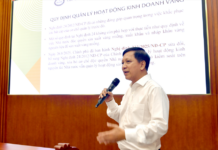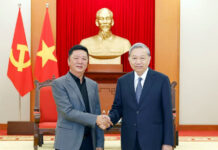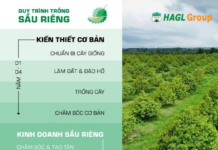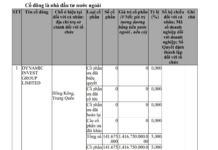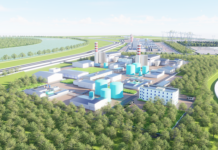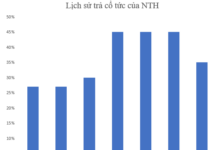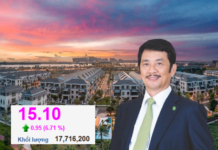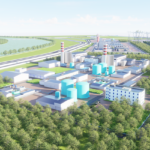On February 28th, in Hanoi, the Ministry of Planning and Investment (MPI) and Ho Chi Minh City People’s Committee (HCMC PC) organized a workshop to consult on the planning of Ho Chi Minh City for the period 2021 – 2030, with a vision to 2050. Minister of MPI Nguyen Chi Dung and Chairman of HCMC PC Phan Van Mai co-chaired the workshop.
Tackling bottleneck issues
In his opening speech at the workshop, Minister Nguyen Chi Dung – Chairman of the Appraisal Council for the Planning of Ho Chi Minh City for the period 2021-2030, with a vision to 2050 – assessed that Ho Chi Minh City is a special urban area and the leading economic center of the country. However, in recent times, the city has been facing many difficulties and challenges. The leadership and leading role of Ho Chi Minh City in the Southeast region and in the country have been decreasing over the years, in terms of space organization and development, limited infrastructure in attracting investment, and connecting the internal and inter-regional areas. These shortcomings have hindered the role of Ho Chi Minh City from being adequately leveraged.
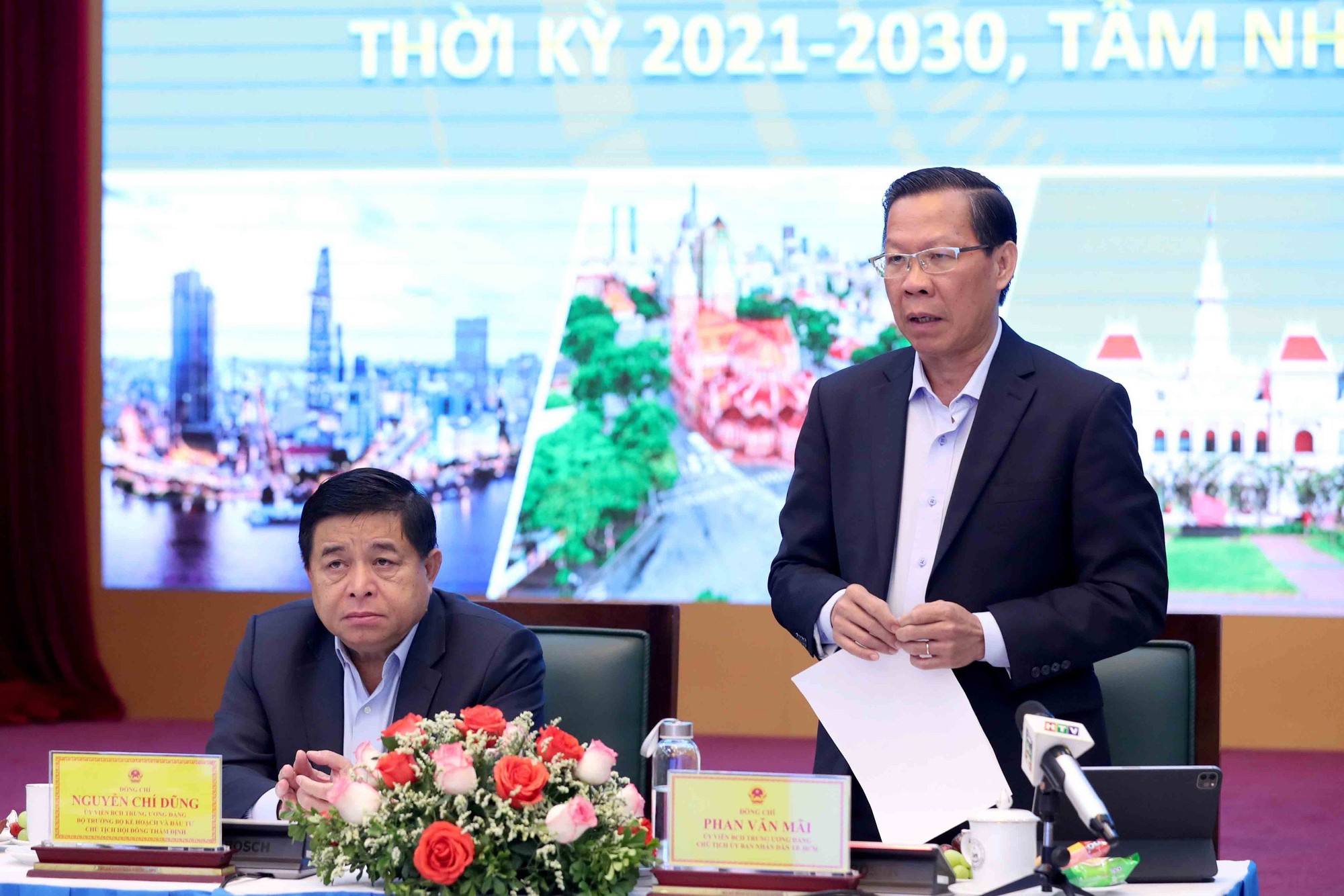
Chairman of HCMC PC Phan Van Mai speaks at the workshop
Minister Nguyen Chi Dung also frankly stated that the urban infrastructure of Ho Chi Minh City is overloaded and the underground infrastructure is slow in development, which has not improved the living standards of the people and has led to issues such as flooding and congestion. Therefore, this planning needs to identify breakthrough steps to develop Ho Chi Minh City strongly, aiming to create a new space, new impetus, and new values for the city. “Ho Chi Minh City is currently like a compressed spring, and when we plan, we need to find a solution on how to release that spring. If we can do that, I believe that Ho Chi Minh City will develop rapidly, even with double-digit growth.” emphasized Minister Nguyen Chi Dung.
Chairman of HCMC PC Phan Van Mai affirmed that the city is taking on the role of a major center for the economy, culture, and society of the country in the context of international integration and competition. The city has the responsibility to establish its position, role, and duties in the construction and development of the country. Therefore, the planning process needs to identify all the current bottlenecks and limitations and fully explore the potential and impetus for the city to fulfill its roles.
At the workshop, the consulting unit for the planning of Ho Chi Minh City for the period 2021-2030, with a vision to 2050 outlined some main points regarding the viewpoints, objectives, and development scenario choices in the planning. Accordingly, the basic planning viewpoints, objectives, and development scenario choices closely follow Resolution 31 of the Politburo on the direction and tasks for the development of Ho Chi Minh City by 2030, with a vision to 2045.
Regarding the economic development scenario, the consulting unit proposed choosing a scenario for the period 2021-2030 with a growth rate of 8.3% per year. The consulting unit noted that effective solutions should be adopted to overcome bottlenecks, enhance industrialization, and link services with innovation to achieve this growth target.
Regarding the urban system development scenario, the consulting unit proposed two scenarios: Scenario 1 includes the existing central urban area with 16 districts; Thu Duc City and five satellite towns including Cu Chi, Hoc Mon, Binh Chanh, Nha Be, and Can Gio. Scenario 2 includes the existing central urban area with 15 districts; Thu Duc City; three satellite towns including Cu Chi + Hoc Mon, Binh Chanh, Nha Be + Can Gio + district 7. The consulting unit noted that Scenario 2 has many advantages as it forms and develops three new-style satellite cities – livable cities while preserving the Can Gio biosphere reserve.
Taking the lead and guiding, spreading
The experts and scientists highly appreciate the meticulous preparation and planning documents of Ho Chi Minh City. The planning documents reflect the development aspirations of the city in the coming period and are commensurate with the city’s leading role in the region and the country. In addition, the experts and scientists candidly raised several concerns and made suggestions to the consulting unit and HCMC PC to consider and improve the planning documents.
Dr. Cao Viet Sinh, former Deputy Minister of MPI, believes that the slowing growth issue of Ho Chi Minh City is evident and needs to be clarified in terms of how this growth rate has affected the region and the country as a whole. At the same time, he analyzed and clarified the causes of the slowing growth trend and the reduction in recent years to find a solution to reverse this trend. “This is a core issue that the planning needs to address, and in the coming years, we need to find a solution to make a breakthrough,” Dr. Cao Viet Sinh emphasized.
Regarding the proposed economic growth scenario of 8.3% per year for the period 2021-2030, Dr. Cao Viet Sinh suggested reconsidering this target, as it is essential to determine whether this target is commensurate with the role and position of Ho Chi Minh City. He also suggested that the planning should focus on changing the economic structure, shifting towards high technology and digital industries, and limiting labor-intensive sectors to create development space for economic sectors that generate more added value. Dr. Cao Viet Sinh also believes that the planning needs to overcome land-related bottlenecks, create additional development space, and thereby have an advantage in attracting investment.
Christopher Lewis Malone, CEO of the Boston Consulting Group (BCG), believes that more attention should be given to the driving forces of Ho Chi Minh City’s economic and social development in the coming period. He metaphorically described Ho Chi Minh City as a car that we want to run at a speed of 150 km/h without paying much attention to the engine and design, ensuring that it can operate at such high speed. He suggests that the consulting unit needs to clarify the city’s driving forces and strengths, such as the labor force, technological capabilities, and adaptability to current investment shifts…
In conclusion, regarding the concern of the experts about the proposed low growth scenario, which does not correspond to the potential and position of Ho Chi Minh City, Chairman Phan Van Mai stated that the city will consider the opinions to choose a higher growth scenario and prepare the conditions to implement this high growth target.
Agreeing with Chairman Phan Van Mai’s opinion, and the proposals and suggestions of the experts and scientists, Minister Nguyen Chi Dung believes that the city needs to take the lead, guide, and spread its high growth to the dynamic southern region and the whole country.
Strive to approve the planning before June 30th
Chairman Phan Van Mai proposed that after this workshop, the city will work together with the consulting unit to consider and improve the planning documents and send them for comments to the ministries and sectors. By the end of March 2024, the documents will be submitted to the Appraisal Council for consideration and comments.
Minister Nguyen Chi Dung agreed with this timeline and stated that the Appraisal Council is expected to meet in April 2024. Based on the evaluation and suggestions of the council, Ho Chi Minh City will further improve and submit the documents for approval by the competent authorities before June 30th.
Dr. Nguyen Dinh Cung, Former Director of the Central Institute for Economic Management (CIEM):
Intensify investment for Ho Chi Minh City
Ho Chi Minh City has enough potential and conditions to aim for higher growth scenarios, but is hindered due to the lack of appropriate policies and institutions. The city is also not granted sufficient autonomy to have new thinking with a large policy and institutional space to address requirements and contradictions in economic and social development.
In this planning, it is necessary to increase investment for the development of Ho Chi Minh City and supplement appropriate and attractive tools to mobilize social resources.
Architect Tran Ngoc Chinh, Chairman of the Vietnam Urban Planning and Development Association:
Thoroughly consider the coastal urban area of Can Gio
The planning project needs to thoroughly consider the coastal urban area of Can Gio, how to make Ho Chi Minh City a large-scale international commercial, service, and tourism hub. At the same time, it is necessary to address environmental protection issues.
I propose that the planning project clarify the connection options with Long Thanh Airport (Dong Nai). This airport has significant implications for the development of Ho Chi Minh City. The connecting routes between Ho Chi Minh City and Long Thanh Airport will become the driving force for economic development.
Dr. Pham Hoai Chung, Deputy Director of the Institute of Strategy and Development for the Transport Industry (Ministry of Transport):
Consider the urban railway routes
The planning documents set the target for developing 13 urban railway routes with a total length of over 600 km. This target needs careful consideration.
When proposing such large numbers, it is necessary to consider resource solutions. The consulting unit needs to evaluate carefully to avoid overly ambitious goals that are difficult to achieve.
M.C recorded










